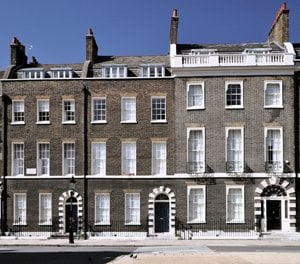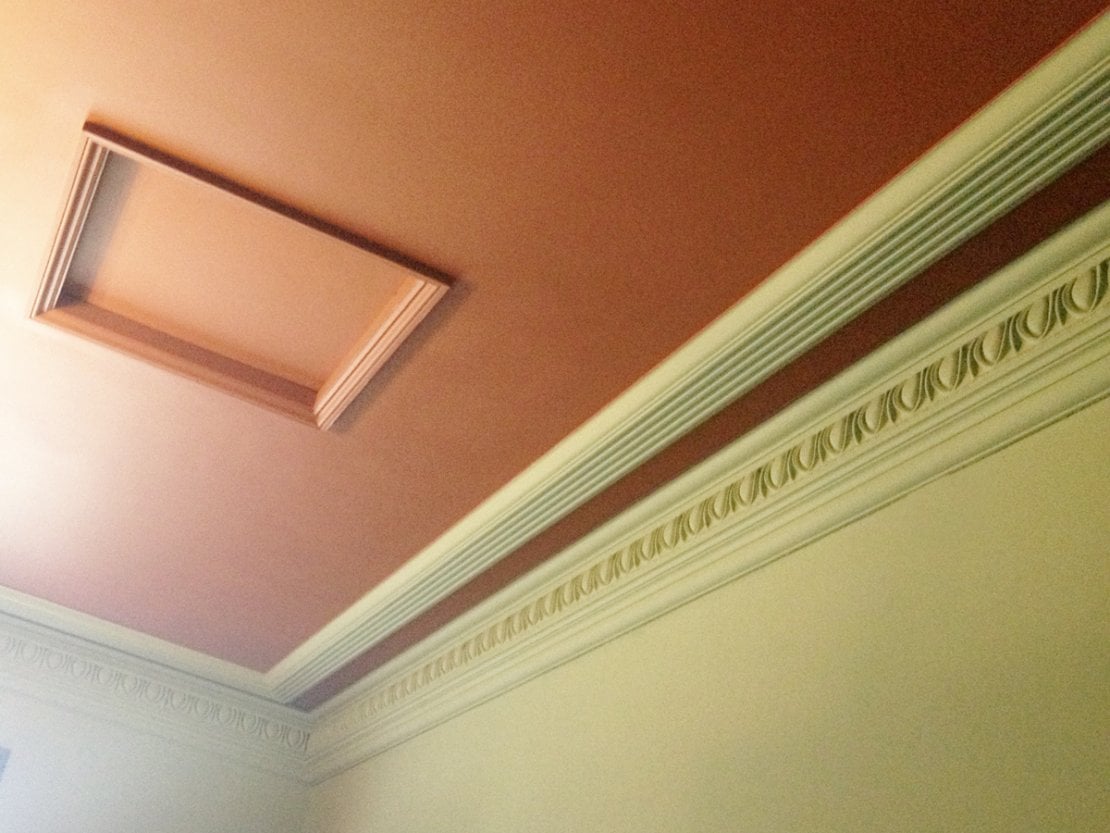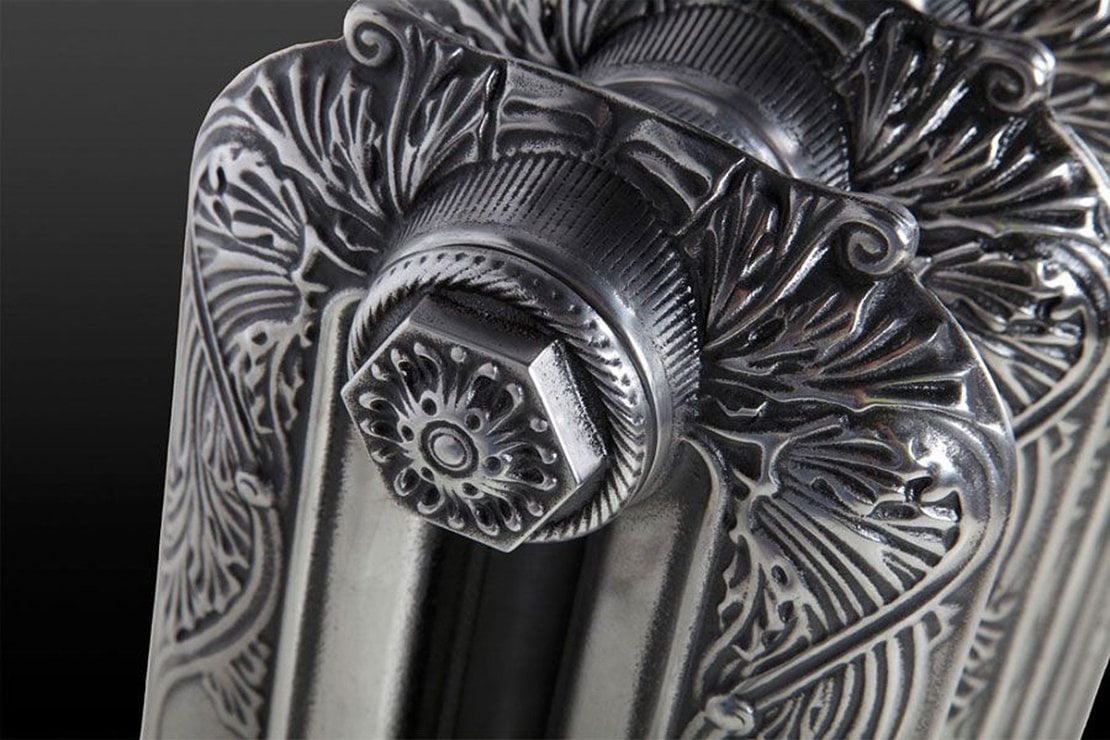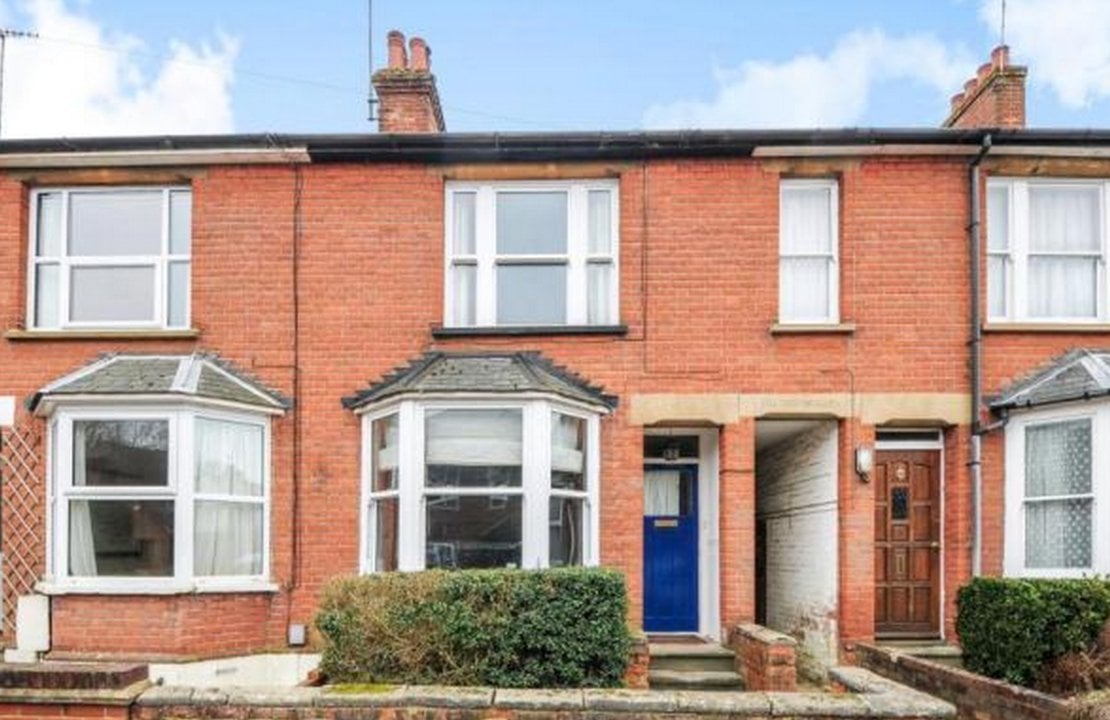How were Victorian houses built and financed?
Other Victorian terraced houses were built by speculative builders who would buy plots of land from an estate owner once the value of the land as a building plot exceeded that which it could earn from farming. The speculative builder would build a small section of a larger development of possibly many hundreds of houses, whose plans had been drawn up previously.

Here are some important facts to understand about the origin of your Victorian terraced house which will help you renovate it sympathetically.
A short row of houses was usually built by this speculative builder in an identical style, using identical materials for each house e.g. plaster mouldings, doors, windows, staircases etc. It is easy to see terraces where the plots belonging to one builder ended and another began through subtle differences in brick colours, mortar colours, features between neighbouring houses. Profit margins were tight and therefore speculative builders tried to get their houses built as cheaply as possible using mass-produced features sold in catalogues. For this reason Victorian terrace house design is often thought of as rather amateurish when compared to the larger Victorian houses that would have been designed by an architect. However in comparison to many of today’s new builds, Victorian terraced houses are not only more rich in features and pleasing to the eye, but they are built of better quality materials. This is why so many are still standing and are inhabited 150 years later and indeed ripe for victorian terrace renovation opportunities.

As most houses were built by local builders, features and characteristics of your house such as the cement colour will be particular to the area as it will be governed by the building sand available locally. Similarly brick colours are dependent on the locally extracted clay and methods of firing. These features all ensure that your house has its own local look and feel. And explains why both your neighbours have identical ceiling roses, coving and door handles to those in your house. This is an important thing to remember when sourcing reclaimed materials for your renovation. Roof tiles and bricks available in your local reclamation yard are more likely to blend in with those used on your house than those sourced from 200 miles away.

A typical Victorian terraced house was one room and one corridor-wide and two rooms deep and typically occupied by a working class family, with a yard and an alley at the back. Washing and hygiene did not hold the importance it has today and heating water was a very labour intensive exercise. Therefore, personal hygiene meant a tin bath in front of the fire once a week in which the whole family would take turns to bathe. The toilet would have been in a shed in outside the house. And in the winter the only source of heat would have been the open fire in the kitchen.
If you have purchased one of these houses you are most likely part of the new breed of Victorian lovers who fall for the symmetry, solidity and high ceilings of a Victorian house and wish to restore many elements of the interior to what you believe to be their former glory. However you must remember that terraces were never glamorous residences so if this is something you wish to instil in your Victorian terrace renovation, you will to some degree need to take your points of reference from the larger Victorian properties and not from the origins of your terraced house. National Trust and other historic properties are always a great source of inspiration for this. You can also check out our ultimate guide to period property renovation.
What are the key features of Victorian terrace houses?
Key features that are part of the Victorian terraced house and should be restored or repaired where necessary and reinstated where missing.
- Slate roof tiles
- Wooden doors and windows (not uPvc or aluminium)
- Plaster ceiling roses
- Plaster coving
- Wooden dado rail, picture rail mouldings, tall traditional skirting, window and door architrave
- Tiled flooring in porches, on paths leading to front doors, hallways and kitchens
- Sanded and varnished floorboards wirth rugs in the parlour and bedrooms
Other accessories that will help give you the authentic Victorian look
- A range cooker (a black Aga or Rayburn would be ideal)
- Persian style rugs
- Wall lights
- Sumptuous curtains in dark Victorian hues
- Sofas and armchairs with upholstery in dark Victorian hues
- Tables with scrubbed pine tops
- Victorian cast iron radiators
There are of course other elements not present in the original embodiment of your Victorian terrace but that you will wish to incorporate nonetheless – done carefully these do not need to detract from the character of your house. Bathrooms should feature plain white porcelain fittings and tongue and groove panelling, with black and white tiles on the floor. As for your kitchen, fitted units painted neutral colours or in solid wood with wood or marble worktops and a range cooker will work perfectly.
If you're thinking about renovating, check out our guide on how to save money renovating a house. Or to find out more about our house refurbishment project management service, please call Emma on 01525 750333 or email her on emma@thevictorianemporium.com.
You can read our ultimate guide to period property renovation here.

Be the first to add a comment...